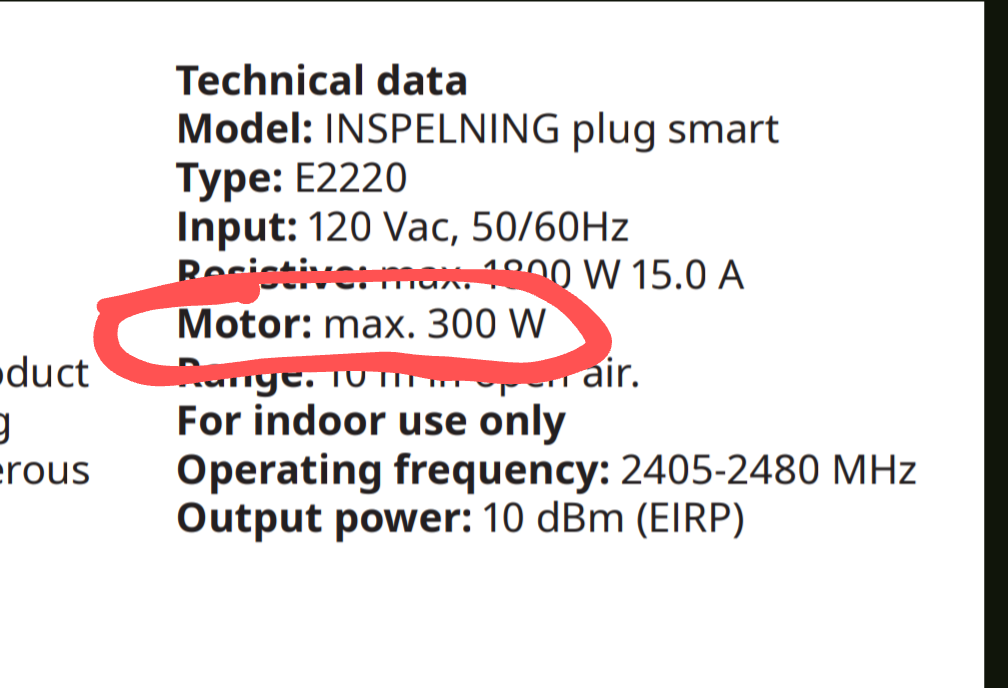Avid Amoeba
- 12 Posts
- 404 Comments

 112·3 days ago
112·3 days agoThis is the right way to optimize performance. Write everything in a decent higher level language, to achieve good maintainability. Then profile for hotspots, separate them in well defined modules and optimize the shit out of them, even if it takes assembly inlining. The ugly stays its own box and you don’t spend time optimizing stuff that doesn’t need optimization.

 8·13 days ago
8·13 days agoNot noticeable with always-on Tailscale with the default split-tunnel mode. That is when Tailscale is only used to access Tailscale machines and everything else is routed via the default route.

 3·14 days ago
3·14 days agoGoogle’s fine. They’re using ARM cores that are built on Samsung’s shittier manufacturing process. Next year they’re going TSMC which should improve power consumption dramatically. The lauded Dimensity 4000 also uses ARM cores, just newer and built on TSMC’s process. By the same token, newer Google SoCs should experience similar performance as they update the cores and manufacturing.

 51·14 days ago
51·14 days agoThe parent asked how do you define at all. What I wrote is just the dumbest way which demonstrates how it can be done. This dumb solution holds up even in your scenario because new media doesn’t gain significant user base every other year. If the list is outdated, containing Facebook and Instagram alone, that would still capture a huge part of the problem already. You can probably figure a slightly less dumb alternative that wouldn’t require amendments just to add another platform. Folks talking about the impossibility of defining something or implementing something in law often ignore obvious solutions, existing working processes, and present this false dichotomy of a perfect solution vs impossible to solve. Sometimes it’s a matter of ignorance, other times it’s driven by (conscious or subconscious) libertarian beliefs.

 91·14 days ago
91·14 days agoHere’s one way to do it. The legislators define a list. Products in the list are social media. The list is referenced in the law.

 381·15 days ago
381·15 days agoAlternative Title: “Bluesky happy to use the standard playbook so long as there’s still bozos willing to contribute free labor for their profit.”
TFTFY

 1·15 days ago
1·15 days agoThat’s funny but I’m not gonna argue on it. It’s easier to give another example. If you want to get informed try finding laws that depend on firm size and be convinced if you do.

 14·16 days ago
14·16 days agoFor a firm that already have their own core designs that simply use the ARM instruction set, it might be easier to adapt to RISC-V. For a firm that licenses ARM cores on the other hand…
How do Signal stop forks from connecting to their servers?
The VPN should keep access to the homelab even when the external IP changes. Assuming the VPN connects from the homelab to the cloud. The reverse proxy would use the VPN local IPs to connect to services.

 4·23 days ago
4·23 days agoThe last time I activated a TV was in 2022. It was a Sony X85K and it didn’t require a connection. I’ve subsequently only used it with a CCwGTV.
Before that I activated a Samsung U…7300 or something like that in 2020. That didn’t require connection either. I also used it with a CCwGTV.

 471·23 days ago
471·23 days agoARM isn’t the x86 solution people like it to be. It’s at least as proprietary as x86 and the fact that it’s more widely licenced today than x86 is a happy coincidence. ARM licensing can dry up with a change in corporate leadership or a takeover by one of a myriad large corporations. A solution worth cheering would be a good enough open RISC-V core.

 3·23 days ago
3·23 days agoIf you’re switching low power inconsequential things like LED lights, they’re OK.

 8·23 days ago
8·23 days agoThis like most plugs in this format is not for inductive loads so it can only handle 300W with such:

It might be OK if the AC units are small enough.

 5·23 days ago
5·23 days agoIf you’re gonna be switching AC units, you likely want a plug that can switch inductive loads. Most can’t. Well they can but their relays crap out quickly. Here’s an example of a unit rated for inductive loads. It’s for NA and uses Z-wave so it’s not what you’re looking for. They explicitly call out it can be used for AC motors. Some units explicitly say they can’t be used for inductive loads but many don’t and you learn the hard way.
https://mastodon.archive.org/@brewsterkahle/113304263804387160
Fediverse source

 2·25 days ago
2·25 days agoYou can’t have one set of laws for small companies and another set of laws for large companies.
This is false. We can, and we do. Antitrust laws are one example off the top of my head. There are probably others. The assumption that every actor has to pay the same price is false as well. There are countless examples for this.

 2·25 days ago
2·25 days agoThis view is a bit naive in that it doesn’t take into account a lot of variables. It favors established large actors in their ability to extract and accumulate ever more value from the ones they link.



I see. Makes sense.